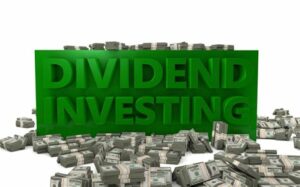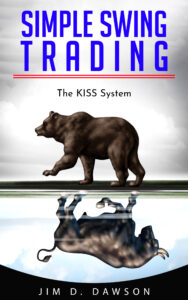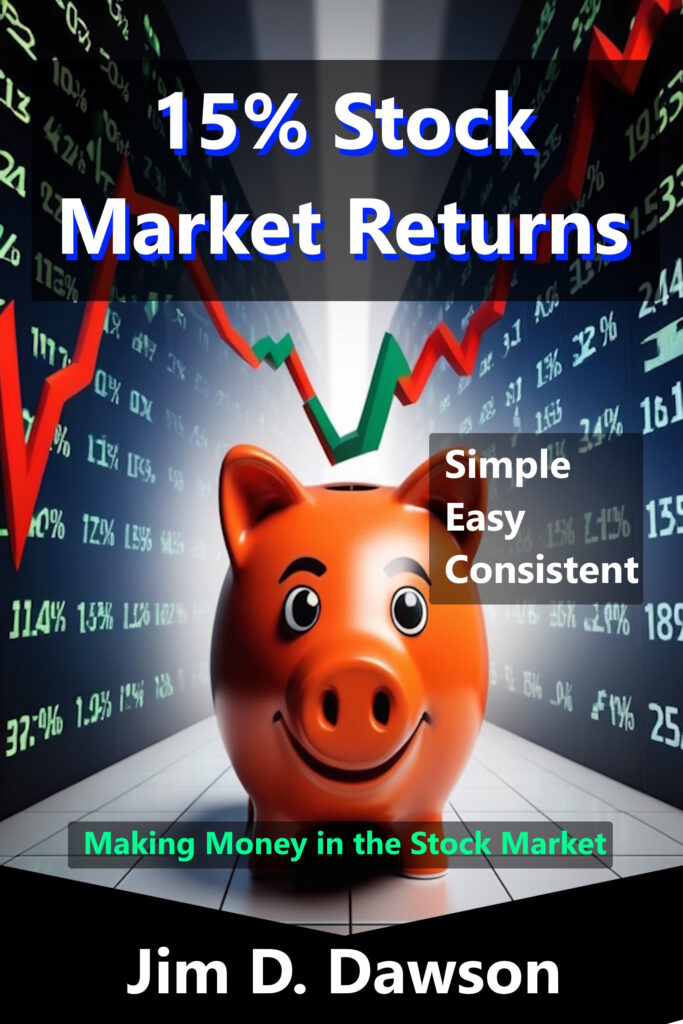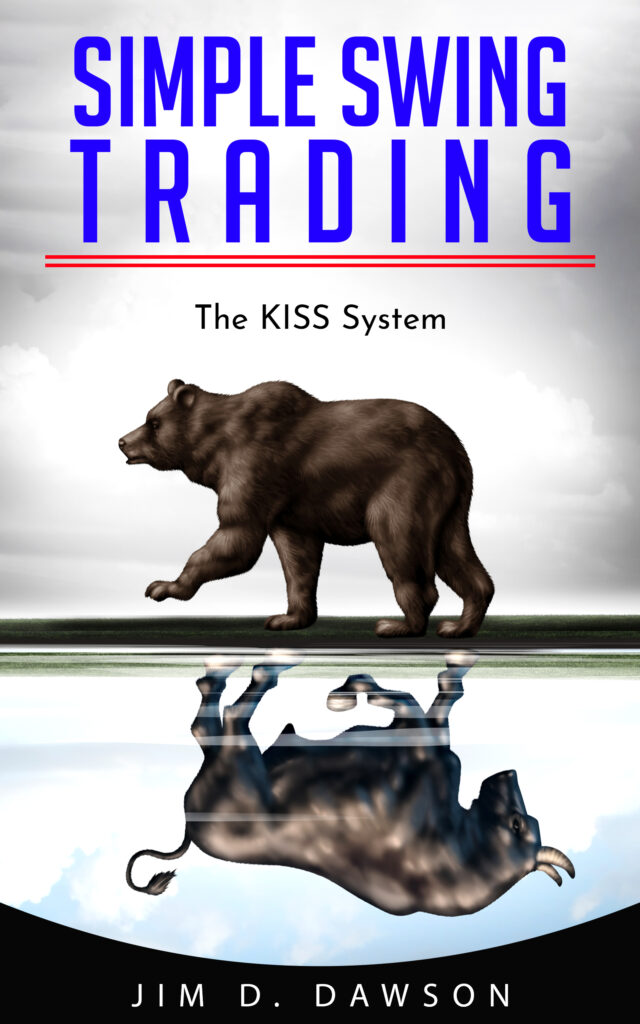Is dividend investing a good retirement strategy?
Dividend investing can be a good retirement strategy for some investors, but it is not suitable for everyone.
Dividend investing involves purchasing stocks that pay dividends to shareholders, which are typically paid out on a regular basis, such as quarterly. The idea behind dividend investing is to generate a reliable stream of passive income that can be used to fund retirement expenses.
One of the advantages of dividend investing is that it can provide a relatively stable source of income compared to relying solely on capital gains. In addition, many dividend-paying stocks have a history of increasing their dividends over time, which can help investors keep up with inflation.
However, dividend investing also has some risks to consider. Dividend payments are not guaranteed, and companies can reduce or even eliminate their dividends if they experience financial difficulties. In addition, dividend-paying stocks may not provide the same potential for capital appreciation as growth stocks.
Overall, dividend investing can be a good retirement strategy for investors who prioritize income and stability over growth. However, it is important to diversify one’s portfolio and carefully research individual companies before investing in their stocks. Additionally, investors should consult with a financial advisor to determine whether dividend investing is a suitable strategy for their unique financial situation and retirement goals.
What are some good strategies to use in dividend investing?
Here are some good strategies to consider for dividend investing:
- Look for companies with a long history of paying dividends: Companies that have a history of paying dividends are more likely to continue doing so in the future. Look for companies that have paid increasing dividends for at least five to ten years.
- Consider dividend yield: The dividend yield is the amount of annual dividend income as a percentage of the stock price. While a high yield may seem attractive, it could be a red flag that the company is struggling. Focus on companies with a sustainable dividend yield.
- Analyze the company’s financials: A company’s financials can help determine whether it has the ability to pay and increase dividends. Look for companies with a solid balance sheet, healthy cash flow, and consistent earnings growth.
- Diversify your portfolio: It’s important to diversify your portfolio across multiple sectors and industries to reduce risk. Look for companies in different sectors, such as utilities, consumer goods, and healthcare.
- Reinvest dividends: Reinvesting dividends can help boost your returns over time. Many brokerages offer dividend reinvestment programs, which allow you to automatically reinvest your dividends to buy more shares.
- Monitor your portfolio: Keep an eye on your dividend stocks and monitor the company’s financials and dividend payouts. If a company cuts its dividend or experiences financial difficulties, you may need to consider selling the stock.
Remember, dividend investing is a long-term strategy. It’s important to focus on the fundamentals of the company and to avoid chasing short-term gains.
What kind of yield’s can you get when dividend investing?
The yield you can get from dividend investing can vary widely depending on the individual stocks you choose and the market conditions at the time. Generally, dividend yields range from 1% to 6%, although there are some stocks with yields above or below that range.
Higher yielding stocks are often found in sectors like utilities, consumer staples, and real estate investment trusts (REITs), while lower yielding stocks tend to be in sectors like technology and healthcare. However, it’s important to note that high yields can also be a sign of a company in financial trouble, so it’s important to look at other financial indicators like earnings growth and cash flow.
It’s also worth noting that dividend yields can change over time. A company may increase or decrease its dividend payout, which can affect the yield. Additionally, changes in the stock price can also impact the yield, since it is calculated as a percentage of the stock price.
Overall, dividend investing can provide a reliable source of income, but it’s important to research individual stocks and diversify your portfolio to manage risk.
What is DRIP investing when investing in dividend paying stocks?
DRIP stands for Dividend Reinvestment Plan, which is a program that allows investors to automatically reinvest their dividend payments to purchase additional shares of the same stock, instead of receiving cash payouts.
When you enroll in a DRIP, any dividends you earn from the stock are automatically reinvested in additional shares of that stock. This can help to compound your returns over time, since you are continually reinvesting your dividend payments to buy more shares. DRIPs typically do not charge fees or commissions for reinvesting dividends, which can make them an attractive option for long-term investors.
DRIPs are typically offered by companies that pay regular dividends, and they may have additional requirements for enrollment, such as a minimum number of shares held or a minimum amount of time held. Investors can also set up a synthetic DRIP with their broker, which allows them to reinvest dividends in a similar way, without enrolling in the company’s specific DRIP program.
It’s important to note that DRIP investing is a long-term strategy, and it may not be suitable for investors who need regular income from their investments. Additionally, investors should still diversify their portfolios and carefully research individual stocks before investing in them, even if they are enrolled in a DRIP program.
What are some good stocks for dividend investing?
There are many good stocks for dividend investing, but the best stocks for you will depend on your investment goals, risk tolerance, and investment strategy. Here are some stocks to consider:
- Johnson & Johnson (JNJ): A healthcare company that has paid increasing dividends for 59 consecutive years. Its diversified portfolio of products makes it a reliable
 investment.
investment. - Procter & Gamble (PG): A consumer goods company that has paid increasing dividends for 65 consecutive years. Its strong brand portfolio and consistent earnings make it a safe investment.
- Coca-Cola (KO): A beverage company that has paid increasing dividends for 59 consecutive years. Its strong brand recognition and global presence make it a good investment.
- AT&T (T): A telecommunications company with a high dividend yield. While its stock price may be volatile, its consistent dividend payments make it an attractive investment for income-focused investors.
- Apple (AAPL): A technology company that has recently started paying dividends. Its strong financials and brand recognition make it a good investment for long-term growth and income.
- Exxon Mobil (XOM): An energy company with a long history of paying dividends. Its strong cash flow and global presence make it a reliable investment, though it is subject to the volatility of the energy market.
Remember, it’s important to diversify your portfolio and not rely too heavily on any one stock. Additionally, be sure to research each stock thoroughly and consider factors such as the company’s financials, dividend history, and growth prospects before investing.
How much money do you need to have saved for retirement?
The amount of money you need to have saved for retirement depends on several factors, such as your current age, your desired retirement age, your expected expenses in retirement, and your lifestyle goals.
There is no one-size-fits-all answer to this question, but a general rule of thumb is that you should aim to have enough savings to replace at least 70-80% of your pre-retirement income. To calculate this, you can estimate your annual expenses in retirement and multiply that by 25, which is a rough estimate of the number of years you may spend in retirement.
For example, if you estimate your annual expenses in retirement will be $50,000, you would need to save $1.25 million ($50,000 x 25) to support that lifestyle throughout a 25-year retirement.
It’s important to note that this is just a rough estimate and that everyone’s retirement needs are different. Factors such as healthcare costs, inflation, and unexpected expenses can also impact your retirement savings needs. Additionally, the earlier you start saving for retirement, the more time your savings have to grow through compounding, which can make a significant difference in the amount you need to save.
To determine a more personalized retirement savings goal, it’s recommended that you work with a financial advisor who can help you assess your individual needs and develop a retirement plan tailored to your unique situation.


